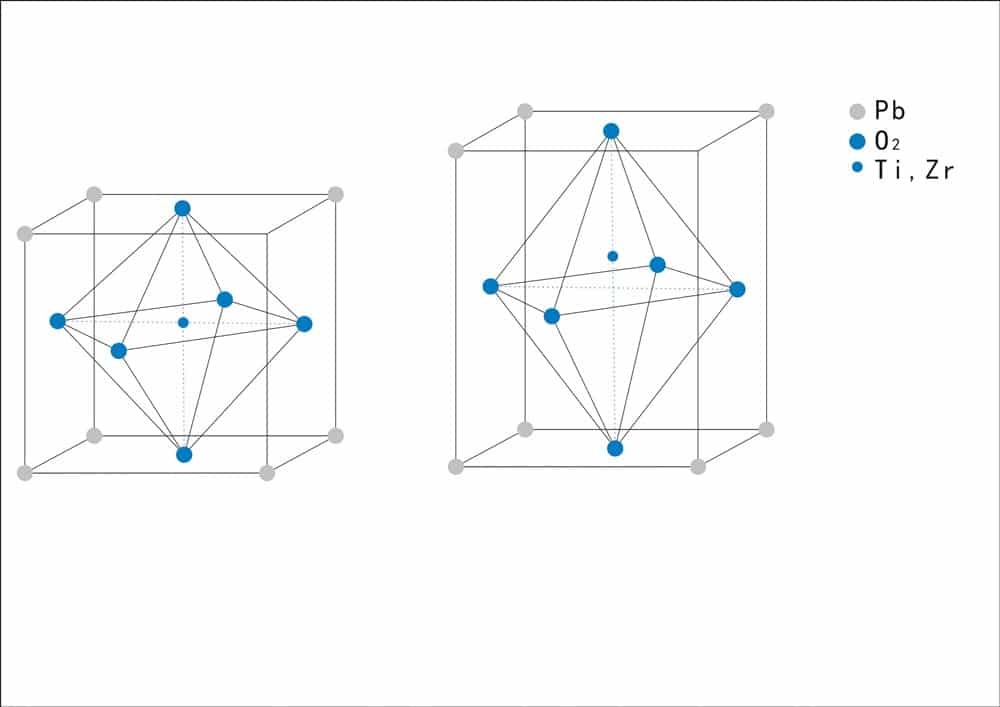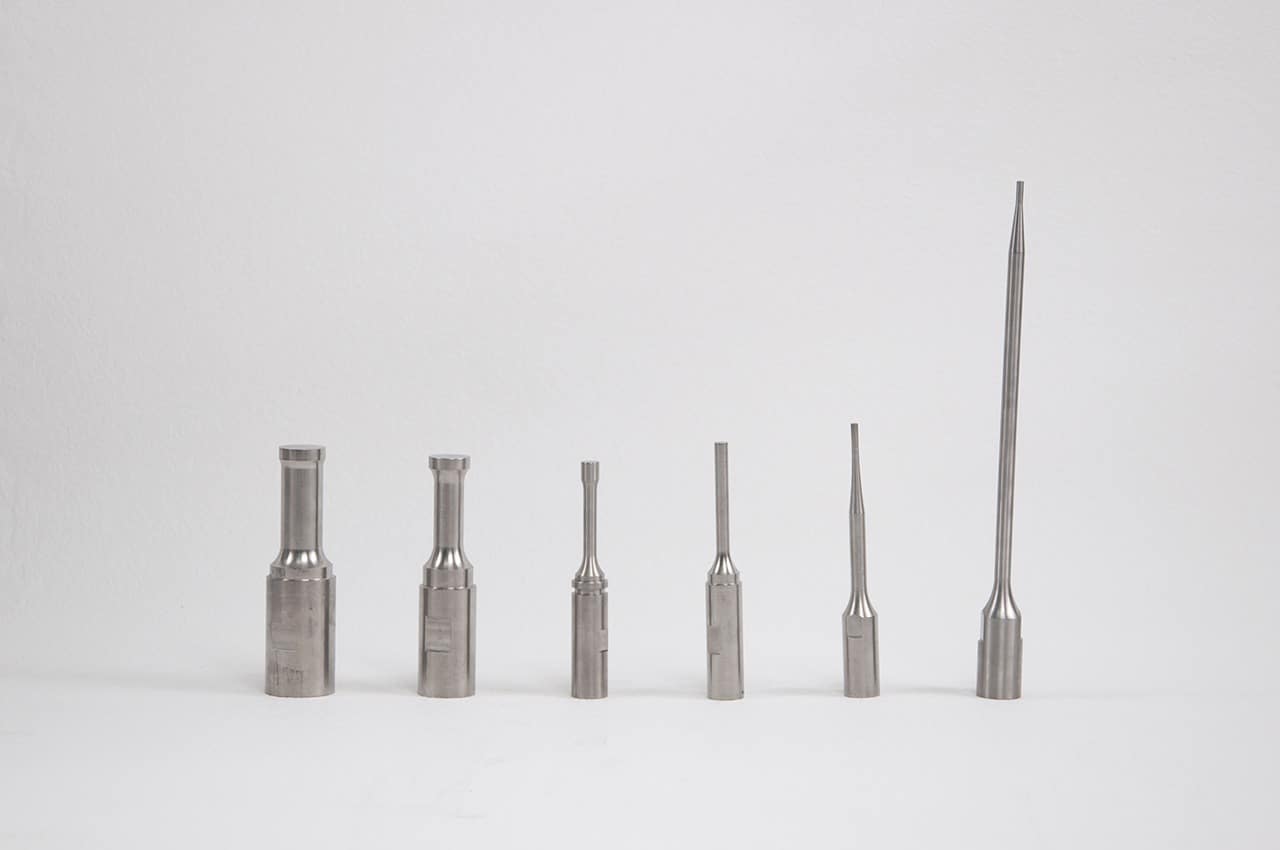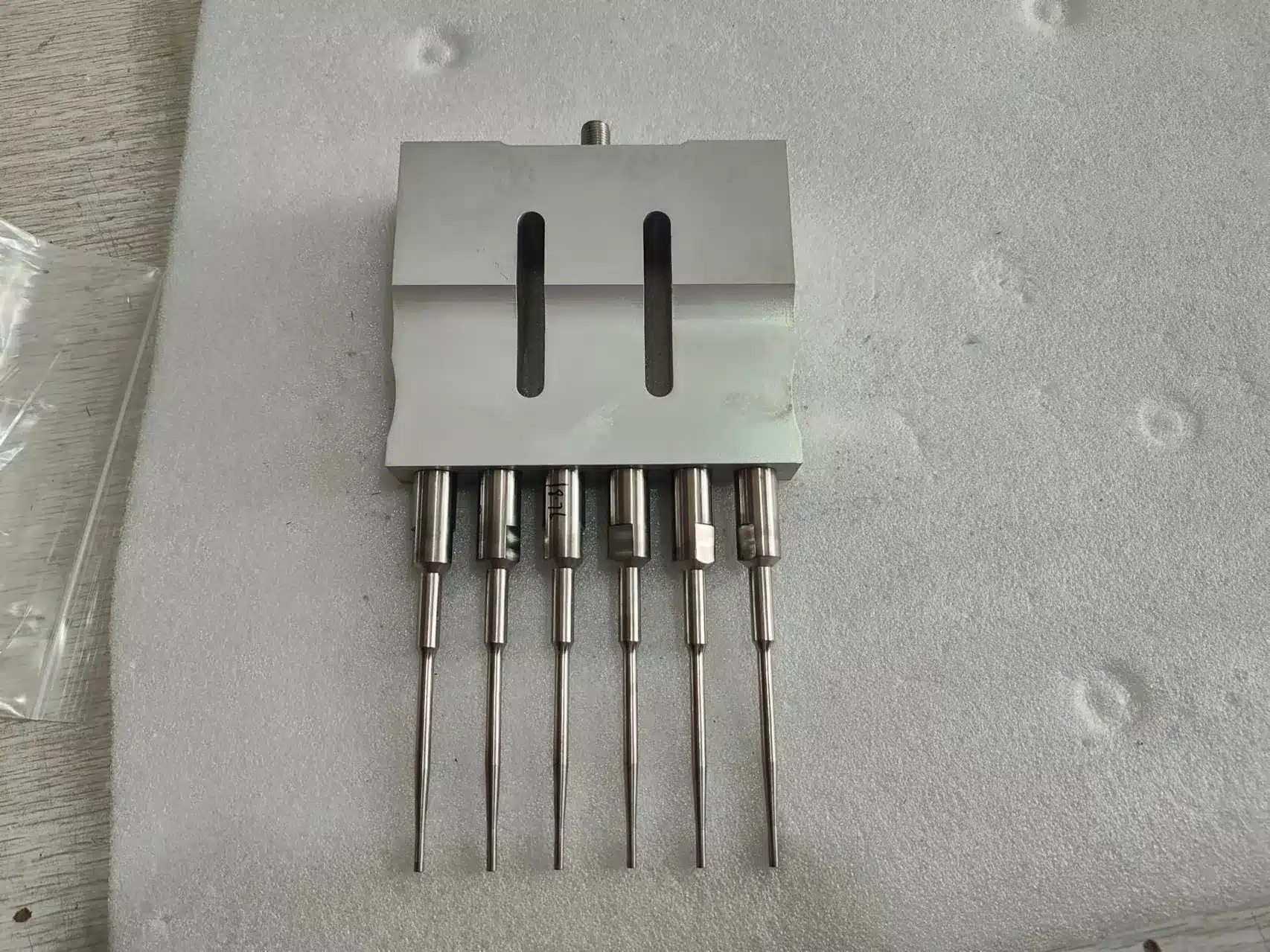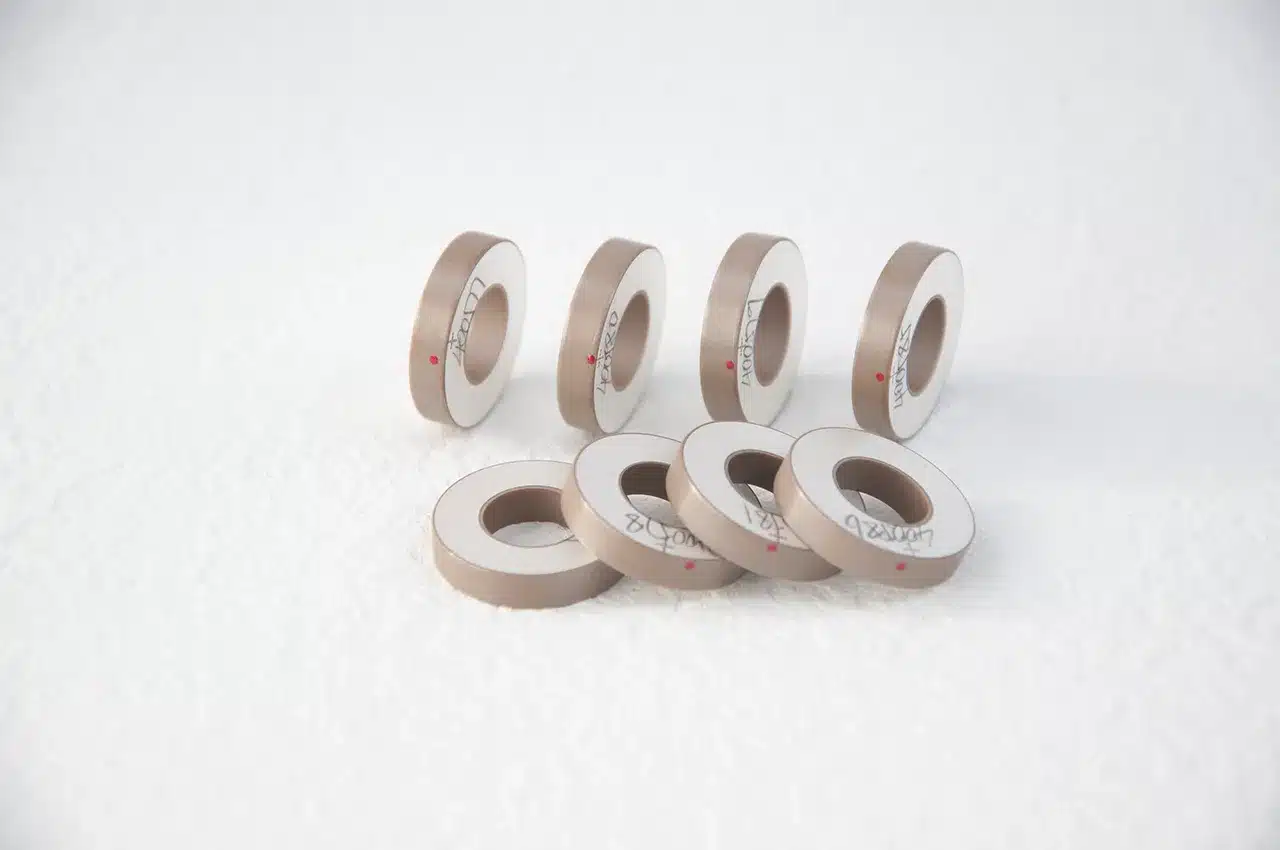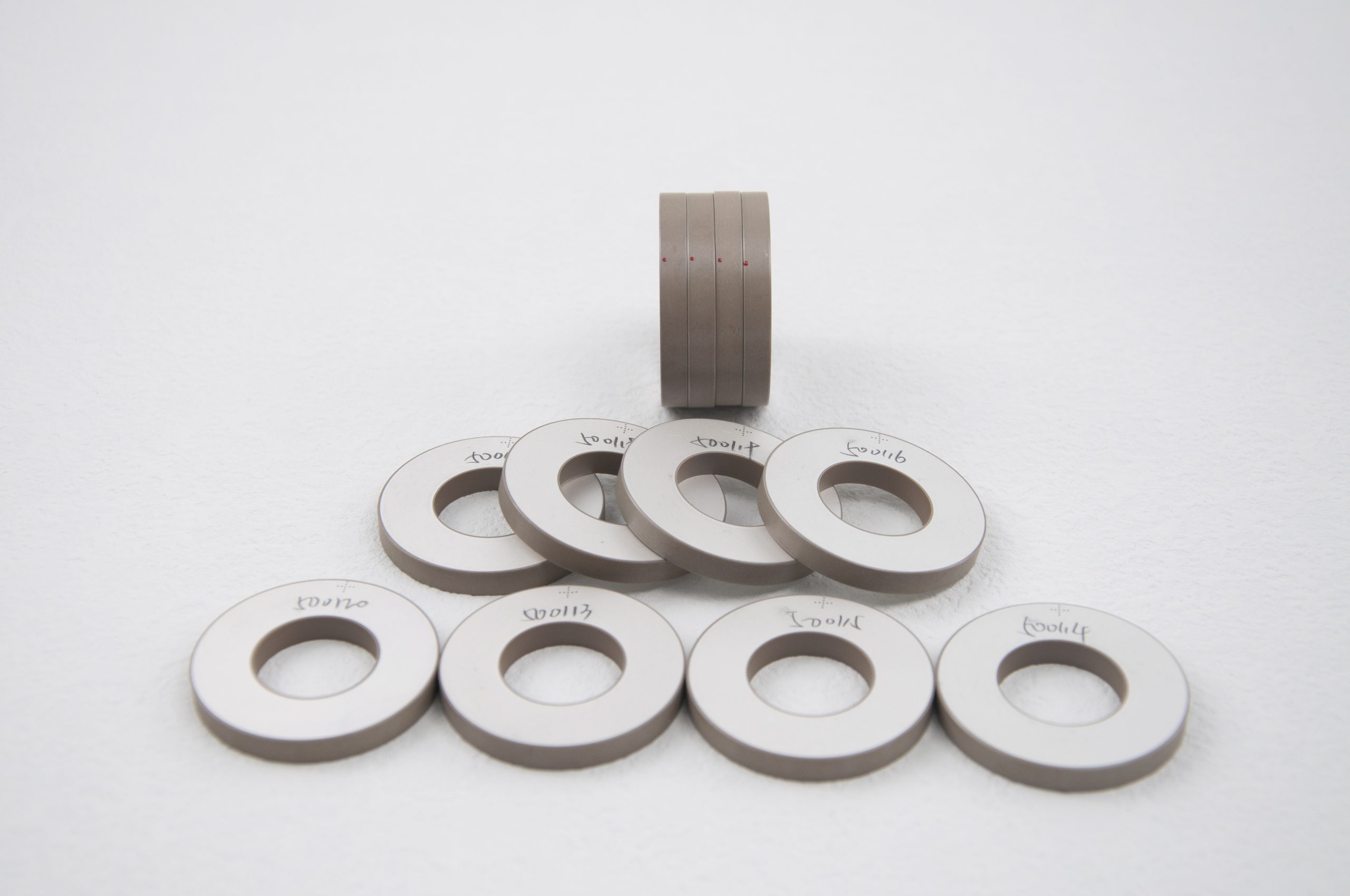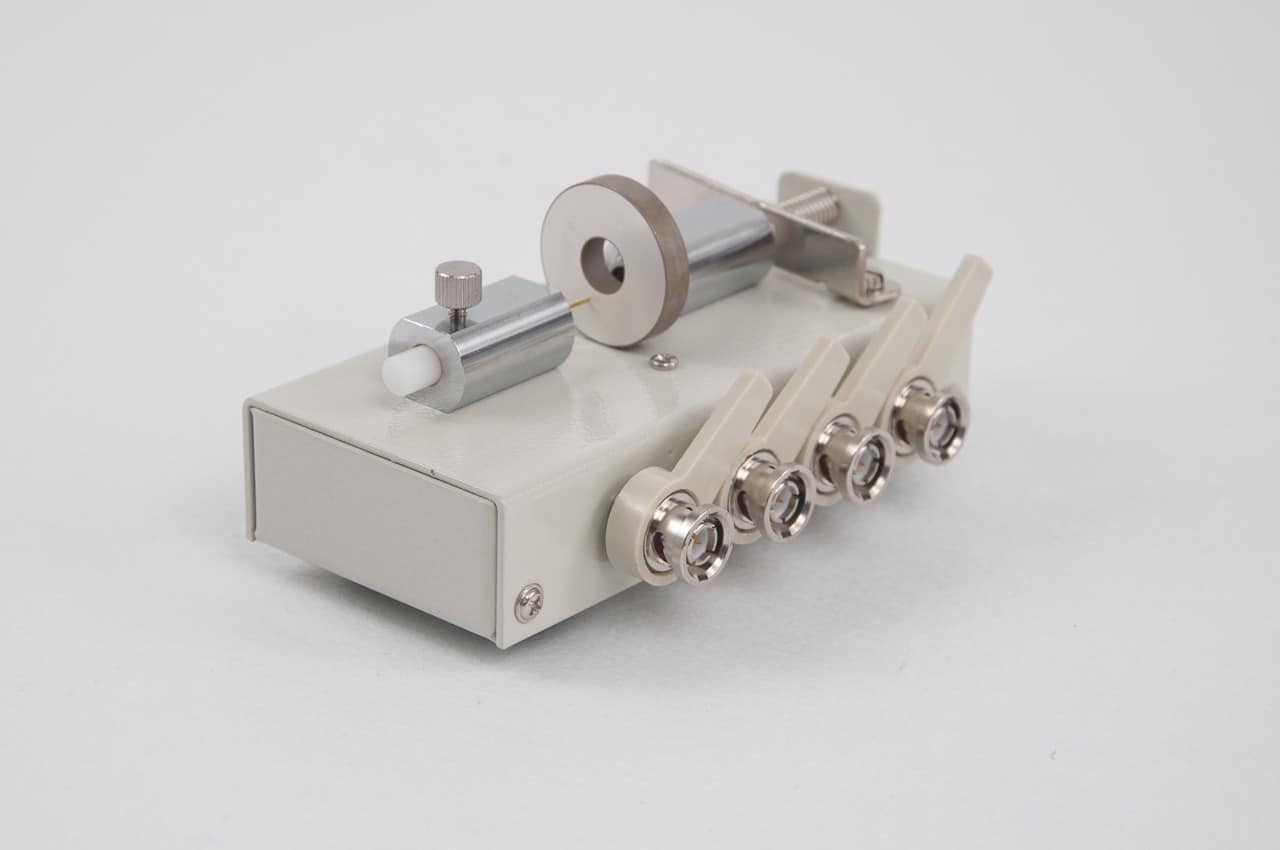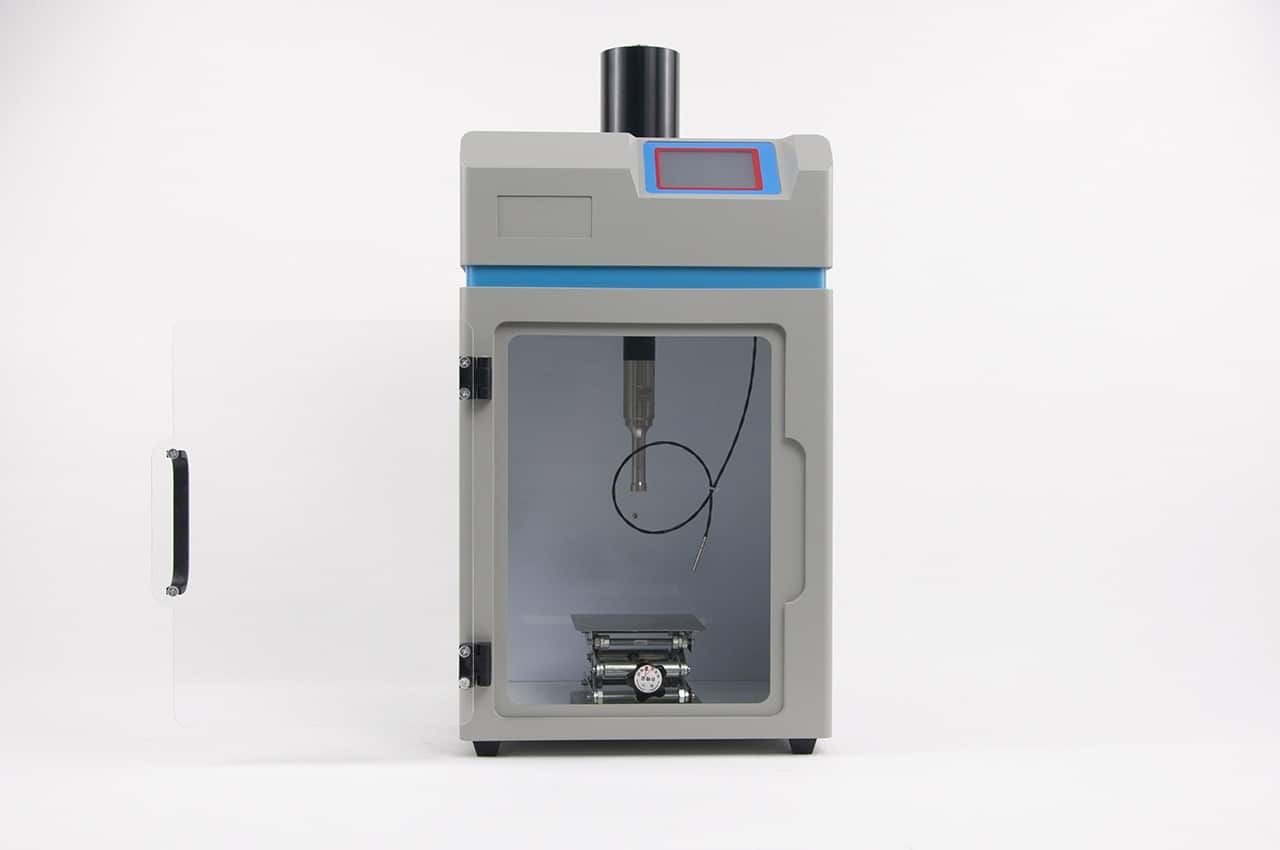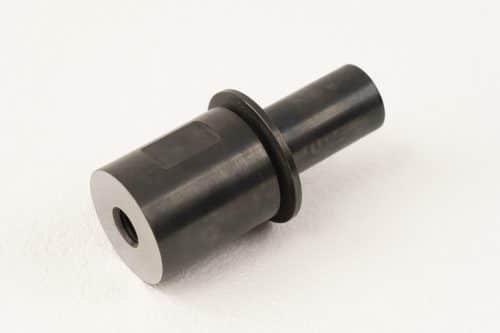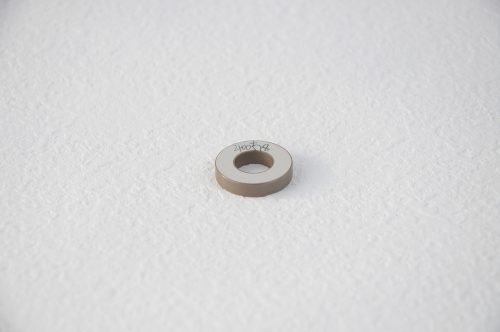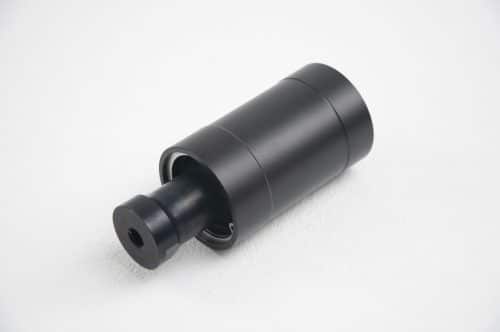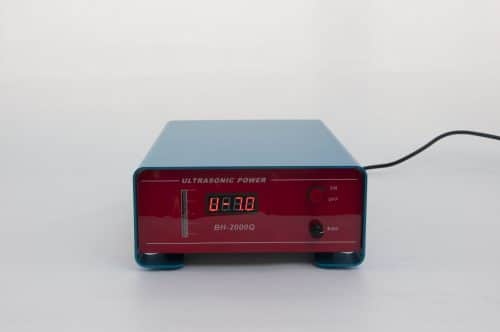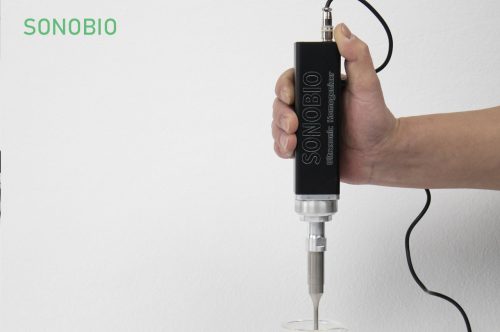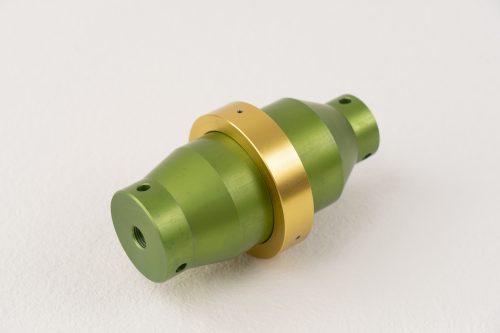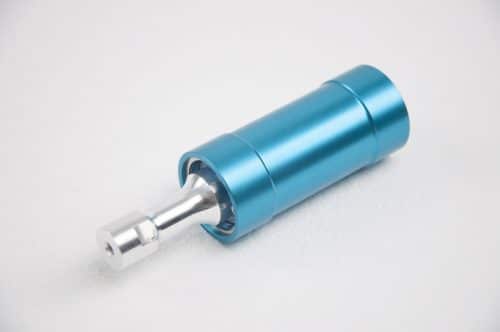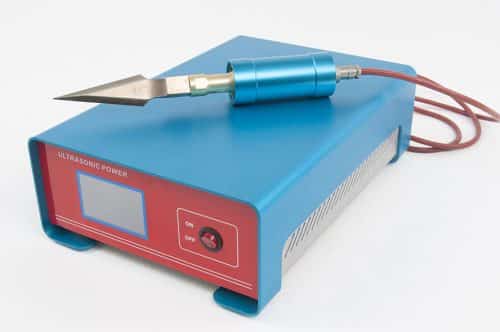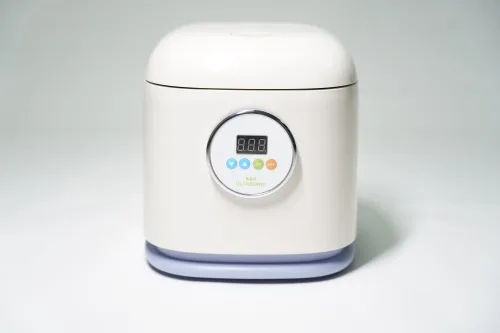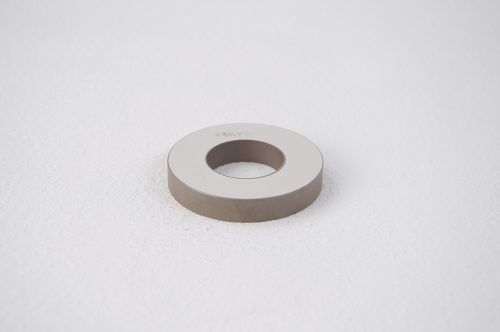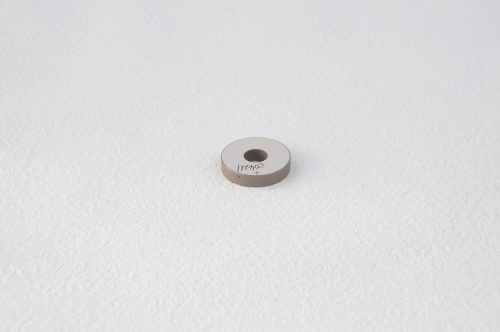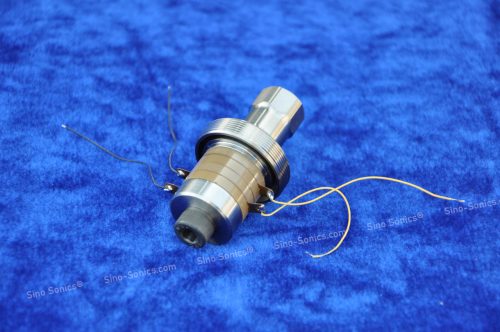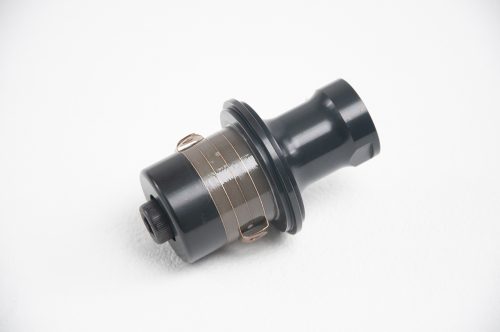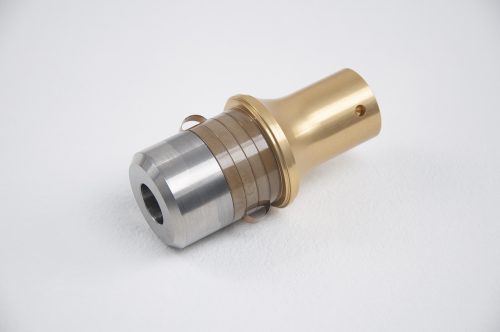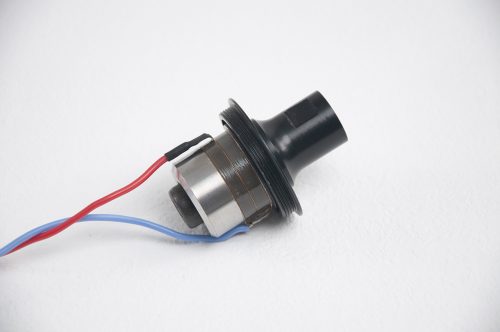Pressure generates charges on the surface of piezoelectric materials. This direct piezoelectric effect, also called generator or sensor effect, converts mechanical energy into electrical energy.
Vice versa, the inverse piezoelectric effect causes a change in length in this type of materials when an electrical voltage is applied. This actuator effect converts electrical energy into mechanical energy.
The effect occurs both in monocrystalline materials and in polycrystalline ferroelectric ceramics. In single crystals, an asymmetry in the structure of the unit cells of the crystal lattice, i.e. a polar axis that forms below the Curie temperature TC , is a sufficient prerequisite for the effect to occur.
Piezoelectric ceramics additionally have a spontaneous polarization, i.e. the positive and negative charge concentration of the unit cells are separate from each other. At the same time, the axis of the unit cell extends in the direction of the spontaneous polarization and a spontaneous strain occurs.
